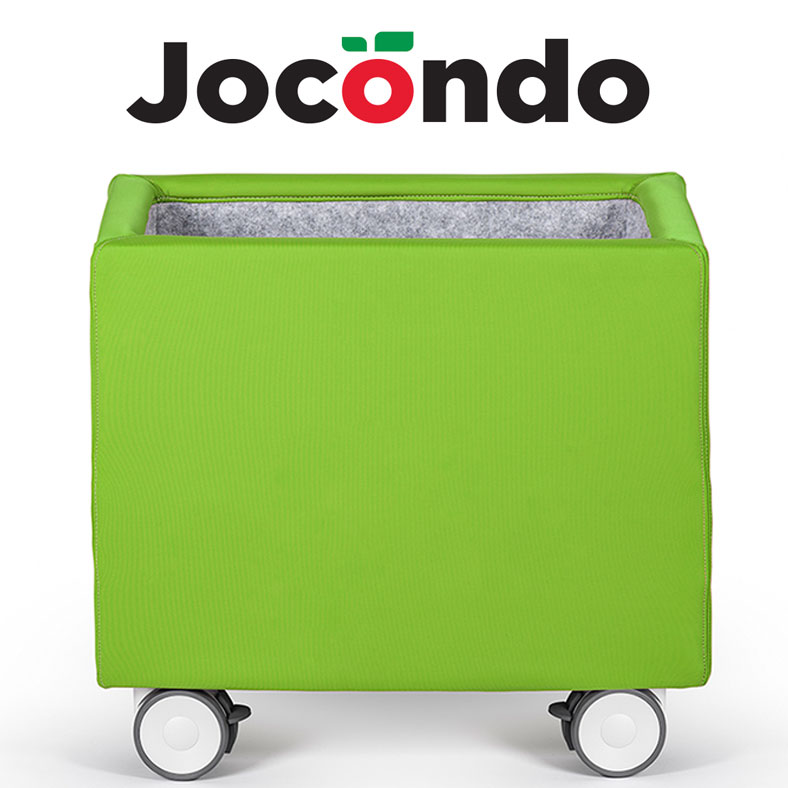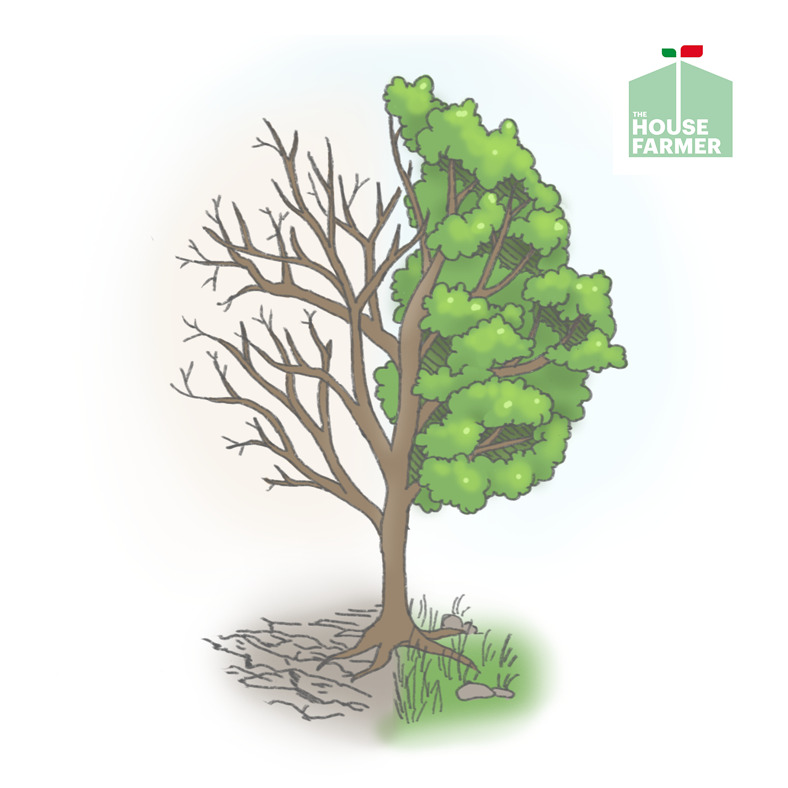
Balcony vegetable garden Why you need one
Why grow a balcony vegetable garden?
BALCONY VEGETABLE GARDEN, VEGETABLE GARDENS and LARGE CITIES are three different environments that one would think could never come together. At least that was the case until quite recently. In actual fact, growing vegetables amid the urban concrete of any planetary city has been all the rage for at least a decade in Europe, America and around the world.
Why metropolitan vegetable gardens?
Two economic crises, a pandemic and the search for new lifestyles have only heightened an urgent need, the desire for nature close at hand. Where we are here, in Milan, but also around the world, there is a growing trend towards urban horticulture. This is what led us to take an interest in the topic. There are many urban allotments or community gardens, often rented out by the municipality, but as for horticulture practised on balconies, terraces and – why not? – rooftops, a lot remains to be done, especially culturally. From being out of doors, the garden is slowly but surely moving inside the home. The natural place to find fulfilment in terms of home cultivation is the balcony, the terrace and, generally speaking, all outdoor spaces. These are often under-used or used only for growing flowers. But the home vegetable patch can be very fulfilling, regardless of the space available: from a small balcony to a more spacious terrace and all the way to a big garden.
A relaxing and enjoyable pastime is the result of a commitment that very often grows into a new passion.
How much can a balcony vegetable garden produce?
A balcony vegetable garden of just 5 square meters, properly equipped, can ensure as much as 30-40 kg of vegetables a year per square meter of vegetable patch, though our project grows out of a passion for sustainability. On the other hand, we are part of a trend that started a long time ago in Italy and beyond. We need to review our approach to outdoor spaces because we have to change our approach to living in the city. In particular, we ought to give a meaning to our balconies, all too often simply neglected.
Not only Italy!
But all this is only in Italy. The urban vegetable growing movement goes a lot further. The number of web searches for home gardening is increasing steadily in all countries where the issue of wellbeing is important to people’s serenity. This didn’t just start with the Covid 19 pandemic but long before. Every year the number of vegetable beds on balconies in our cities increases over the previous year, and the impact goes far beyond the mere pleasure of the garden itself. Without being too dreamy, one could imagine that one day at least some of the veggies we eat will no longer have to travel thousands of miles to reach our tables but can partly be produced at “zero footsteps”: more or less the distance between the kitchen and the balcony of our apartment.
In many cities, vegetable crops have appeared on rooftops with even more interesting projects. The idea is to make our cities increasingly edible. In Brussels, for instance, there is a large community of urban vegetable growers, and since 1998 a network of “master composters” has set up the Worms association. Every year in Brussels 15 new compost stations are created to ensure that our leftovers are turned into excellent natural fertilizer for our terrace gardens.
Our goal: between cultivation and culture
Our primary aim is to identify the best ways to ensure good output even on the balcony garden of the home. We started as a group of friends, assessing how much we could find on the net about growing vegetables on balconies. After conducting our first unsuccessful experiments we thought that there were a lot of points that could be improved in the materials available. So, we will be trying to understand how to improve our balcony crops in terms of:
- Sustainability
- Recycling
- Practicality
- Productivity
- Elegance
- Commitment
- Dirt issues
To do all this we divided up the tasks and each started with a different vegetable crop, comparing notes from time to time on the results and activities to improve what is currently on the market. We also explored several containers to create our own from recycled materials as a primary purpose.
Our goal is to create a sustainable balcony vegetable garden that will be beautiful, efficient and productive. We will start by examining the materials. It’s a complicated challenge, but an exhilarating one!
An international project
The convergence of temperatures, exposure to light and humidity go far beyond the mere national identity. It can record wide climatic differences between cities in the same country, but thousands of miles apart in longitude. Together with our garden we will also give advice regarding:
- ways to improve vegetable growing on a terrace
- which plants to choose
- what soil to use
- how to design the garden on the balcony, etc...
Our goal is to make tending a balcony vegetable garden easy, productive and (as we never tire of repeating) sustainable, starting from the materials that are used to create it.
Improvising is wonderful and has a charm of its own, but a vegetable garden is a growing passion with a strong technological component that interacts with the rest of the apartment: increasingly sophisticated and elegant pots, adequate soil, heirloom seeds, automatic irrigation systems. It can all be more than a hobby, becoming a point of arrival that changes our approach to consumption. This is especially true of Italy, where the climate in many parts of the year is perfect for growing vegetables. On the other hand, horticulture is highly developed in the countries of northern Europe and wherever there is real interest in and concern for the planet and people’s wellbeing. We have identified these features in our target group, which we have called the House Farmer. Hence the name of the company.
Who is a real House Farmer?
Who are we addressing? We have in mind everyone who already grows vegetables on their balconies and those who will do so in future. We have even given this person a name: the House Farmer. So who do we see as a house farmer? The urban horticulturist, in the third decade of the twenty-first century, is someone who does not despise the use of technology even in the simplest forms of cultivation and wants to optimize the commitment involved and the final outcome. The house farmer is also proud to engage with the mechanisms of biodiversity, the “green” and circular economy, contributing to its fulfilment by reducing the production of carbon dioxide. A person attentive to a correct diet and the use of eco-friendly, recyclable materials, in particular in the creation of a home vegetable garden. Every now and then our House Farmer thinks about why are bees important and through the garden offers them a shelter where they can perform their precious work even in the city.
Our house farmer is someone who can make a difference.



